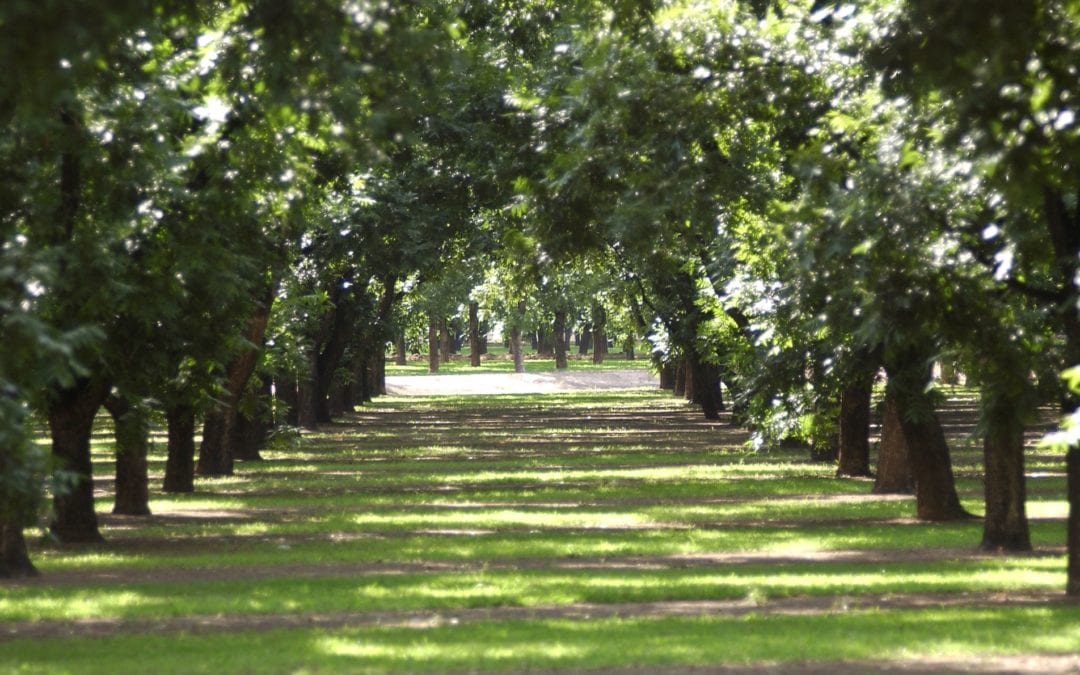If you have pecan trees, do you know how to evaluate their health? Do you know the signs and symptoms of a problem?
Currently, there are thousands of mature pecan trees across the country; however, without proper care, groupings of these trees can become sparse, diseased, and may produce erratically at best.
You will find more than a few reasons your pecan tree may get “sick” or die. It may not produce a nut crop and knowing the reasons for this is essential.
While ensuring your trees remain healthy once you have them planted is important, you also need to know how to find healthy trees initially. You can also find more specific information and have any questions answered by contacting the professionals at a pecan tree nursery.
What to Know Before Planting a Pecan Tree
You need to know a few “rules” before planting a pecan tree. The basic rules of this include:
- Spacing the trees 40’ to 70’ apart
- Dig a hole that is deep and wide enough to hold the entire root system
- Wet the tree’s roots before planting
- Prune the taproot to one-third or one-half of its size before planting
- Spread all roots in the hole to keep them from matting
- Refill the hole using enhanced soil
- Do not fertilize the tree when you plant it (wait a minimum of 30 days)
The way you plant your pecan tree will have a huge impact on the tree’s health and how well it grows.
Identifying Common Diseases
Pecan trees can experience several diseases. Some of the most common symptoms of each include the following:
- Blotch – With this, you will see large yellowish or black spots on the tree’s leaves. It is usually not serious, but it can defoliate your tree. Common in zinc-deficient and drought-stressed trees.
- Crown Gall – This appears as white or brown nodules at the roots of the tree. It can cause your tree to die, and there is no way to treat it.
- Powdery Mildew – This is not exclusive to pecan trees and can create a white coating on the leaves. It is common in young seedlings and can be treated with fungicides.
- Rosette – Appears as yellowing on the leaves and can result in the death of the foliage and branches.
- Pecan Scab – This is a fungal infection that can impact several different parts of the tree and cause an infection that can spread to other trees.
Is Your Tree Crowded?
If your trees are in constant shade, it means they are crowded. This will cause growth issues and require the tree to be moved for it to remain healthy.
Are You Using the Right Soil?
When you plant your pecan tree, you must choose red, gray, or brown soil. While this is the case, you also must ensure it contains sand or some type of sandy loam, along with the subsoil being clay or a semi-clay structure.
It is important to note that improper soil depth and drainage can result in unhealthy trees.
Fertilize Once or Twice a Year
Your pecan trees do not need to be fertilized too often. Try to schedule fertilizing for all your trees once or twice a year. You can ask a retail pecan nursery for more information about when and how to fertilize your pecan trees.
Quality Pecan Trees with Georgia Pecan Nursery
At Georgia Pecan Nursery, we have more than 45 years of experience growing and caring for pecan trees. We guarantee that you will only get healthy trees when you buy from us, and our goal is to ensure that customers are happy and satisfied with their purchase.
Whether you want one or 10 pecan trees, we offer a huge selection of quality, healthy trees that will meet your needs and expectations. Contact us today to learn more about pecan tree care and health.

